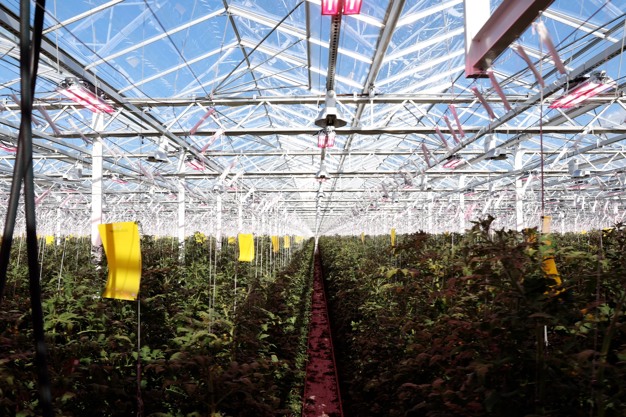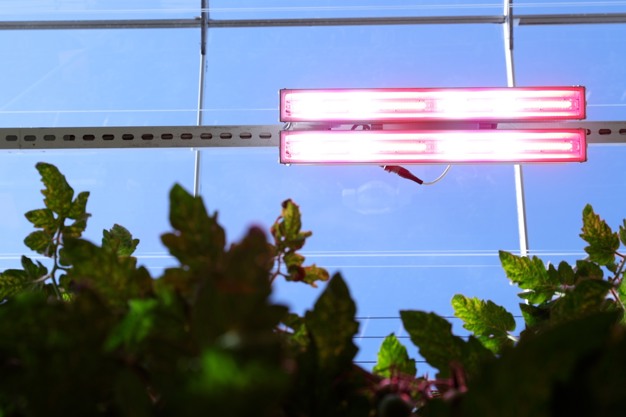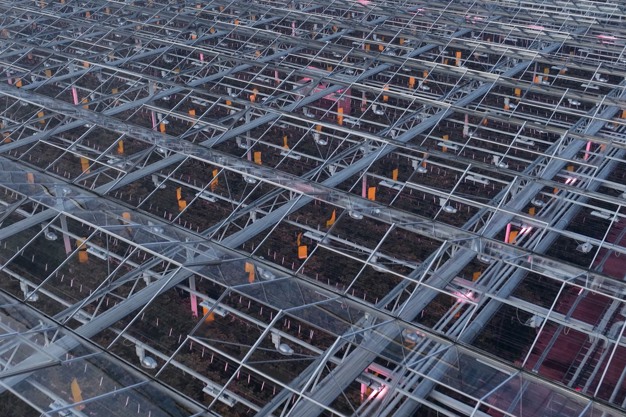In 2021, Sven Sigg AB, Finland's largest tomato grower, made the decision to modernize its lighting systems, installing almost 1000 double Flexi-Grow fixtures from Food Autonomy. Last year, they expanded the lighting infrastructure with another 8,000 double fixtures, covering a further 7 hectares of greenhouse space. "We wanted to reduce energy consumption and operational costs, and thanks to the dual spectrum and wireless mesh control, we can also create a more worker-friendly environment."

While the famous midnight sun ensures continuous light in Narpes, Finland, winter season is completely different, with December, January and February only receiving sun light up to four hours per day. However, greenhouse grower Patrik Sigg, co-owner of Sven Sigg AB, has managed to keep on growing: both tomatoes, as well as the acreage of the company. Throughout the years, the greenhouse has been expanded to almost 9 hectares. The assortment of Sven Sigg includes Livento tomatoes and has been expanded in the last couple of years to grow peppers as well. All products being grown are destined for the Finnish market and are sold via a grower cooperative.
This initial installation of 972 double modules (so 1944 Flexi-Grow Toplights) in 2021 aimed to test the efficiency of LED lights for greenhouse production, with a focus on reduced energy consumption and better return on investment. "The Flexi-Grow Toplights are designed to ensure minimal shading, while the simple hanging system enables easy installation. The fixtures' wide beam optics ensure uniform light distribution contributed to a smoother operation and more even plant growth", says Keith Thomas of Food Autonomy. Even after just one winter, Patrik noticed the installation contributed to significant cost savings, better efficacy, and improved yield as well. "I believe that the use of LED in greenhouses is the future trend, and I'm happy that I took this step," said Patrik back then.
In 2023, and encouraged by these outcomes, the company decided to expand its lighting infrastructure with another 8,000 double fixtures, covering a further 7 hectares of greenhouse space. According to Patrik, after the initial smooth installation phase, the expansion also happened, with minimal disruption to greenhouse operations, and the final results have been transformative, as the company now produces roughly 7 million kilos of tomatoes annually.
To control this extensive lighting system, Sven Sigg AB implemented Food Autonomy's wireless mesh platform, CultiMesh. This system integrates with the greenhouse's climate computer, allowing precise control over lighting conditions based on the plants' needs, day or night. This added control ensures that each crop receives optimal light for growth and health, enhancing overall yield quality.
The dual channel controllable spectrum has not only improved plant productivity but also created a more worker-friendly environment. "When workers are among the crops, the lights switch to a whiter spectrum, making the working conditions better for everyone involved."
Based on the results from the last seasons, the impact of the LEDs go beyond productivity, as they offer an estimated 25% reduction in energy consumption compared to traditional lighting. "Given high energy prices, the payback period for the LED fixtures is expected to be around three years", says Patrik, underscoring the economic viability of the system. "The partnership between Sven Sigg AB and Food Autonomy demonstrates how innovative technology can elevate greenhouse operations. Through the use of advanced LED lighting and wireless control systems, Sven Sigg has set a new benchmark for sustainable, cost-efficient growing."


For more information:
Food Autonomy
www.foodautonomy.org
[email protected]
